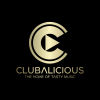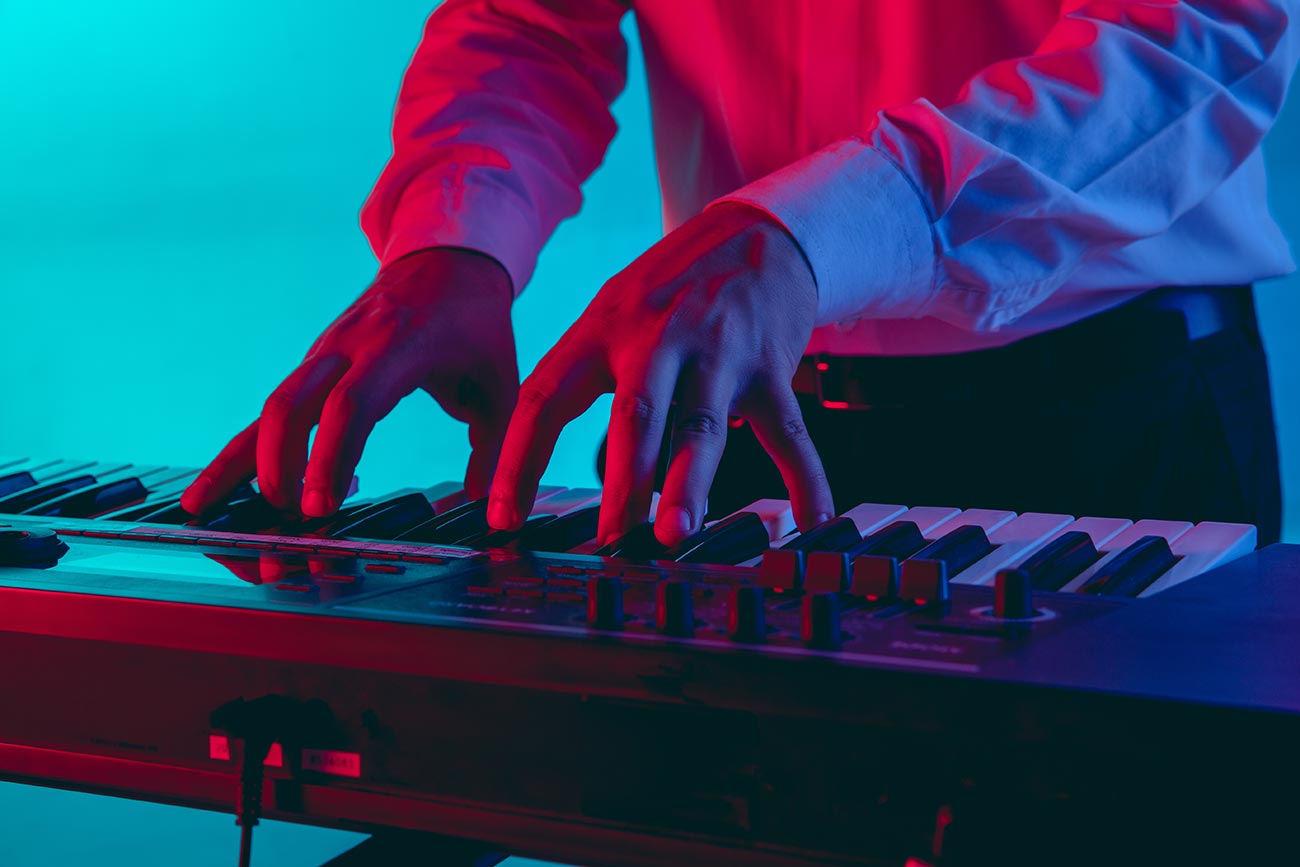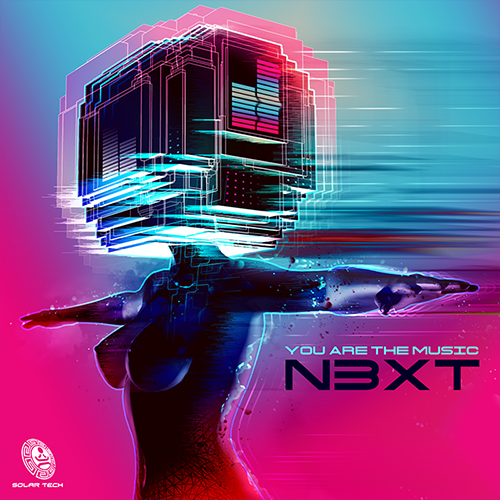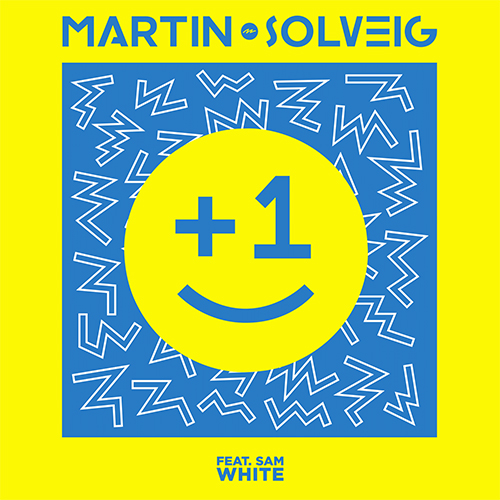-
 play_arrow
play_arrow
Clubalicious Clubalicious Radio
-
 play_arrow
play_arrow
London Calling Podcast Yana Bolder

Karpman worked with orchestrator Jeff Kryka, who would put the parts on the page, so to speak, and send them back to the composer for review and creative changes. “I’d get an idea to put the synth in the flutes and see what happens,” she says. “Or, what if we take that reversed piano and combine it with French horns? That was a really fun and significant part of scoring Brave New World.”
The final orchestra recording was done in Vienna with recording engineers Kirsty Whalley and Peter Cobbin. “They did The Marvels with me; they are so excellent at what they do,” Karpman says. “They’re UK-based, and they brought down an incredible selection of mics and preamps, including a custom mic array called the Thunder Array. Their recording technique made the orchestra sound so unique and so incredible.”
After capturing ensemble recordings of the orchestra, the composer spent an extra day recording separate parts. “For example, there’s one cue where the strings are really highly treated,” she says. “We would peel that out so we could process them later. Those kinds of things actually happened throughout the scoring process.”
The unusual timbres in the score ended up providing plenty of avenues for exploration. Karpman recorded sound design elements at her house, as well as pianos tuned down two octaves. She added reversed orchestral parts, and had singers for the synth parts. She says, “There’s lots of funny stuff in there, too. Like, I had my piano tuner detune all the Fs on our upright piano. It gives it this creepy vibe, yet you won’t hear it as piano.”
Karpman also played piano, prepared piano and keyboards on the final score, saying with a smile, “That’s my own touch in the score, almost like Alfred Hitchcock appearing in his films. It’s like a little signature. I also had my niece write lyrics for some of the choral work. My wife, Nora Kroll-Rosenbaum—a fabulous composer—has additional music on this. So it’s a family affair. It’s a small group, but it’s a powerful one!”
Whalley and Cobbin also mixed the music tracks for the dub stage, taking an immersive, “maximalist” approach. “The music is doing a lot of things at the same time. It can be thick and complicated, using a lot of layers because I compose in a lot of layers,” Karpman explains.
“We’re using those layers in every possible corner of the sonic space and not just focused in the front. I love that Peter and Kirsty do that, and our director, Julius Onah, does, too. They are real artists, and they take what I’ve done to another level.”
Karpman also had many conversations with Captain America: Brave New World dialog and music re-recording mixer Lora Hirschberg at Skywalker Sound to ensure the delivered music stems had optimal separation for the native Dolby Atmos film mix. “Lora would ask if we could separate this or try that,” Karpman says. “She’s incredibly good at finding space for everything. It was very collaborative. Every sound department collaborated to get the best sonic mix possible.”
FLEXIBILITY AND VFX
Captain America: Brave New World’s grounded tone offsets the fantastical, superhuman elements of the story, and the visual effects—created by 12 main VFX companies—strive for a high level of realism. Action-packed scenes, like the climactic clash between Red Hulk and Captain America, required hundreds of VFX shots, all of which are updated throughout the post process, with changes sent to the sound and music departments. It’s not unusual for a few all-new VFX shots to appear during the final mix. Karpman anticipates these updates by having additional elements ready.
“If something needs hitting, you [need to] have something to hit it with,” she states. “As I’m recording a score, I’ll work closely with the music editorial team. I remember at one point, we recorded this great metallic hit as a separate element. I said, ‘If you need something, this is fabulous, and it goes with this character.’ You develop things that can be brought in editorially, after the score is recorded. You basically have a toolkit the team can work with, that’s approved by you, and is part of the musical language of the score. That really comes in handy.”
Fortunately, Brave New World’s action scenes that required major themes were approved quickly and early on. The most challenging cue, Karpman says, was one that turned out to be less action-packed and more packed with feeling. “It plays under dialog and does a lot of things emotionally,” she explains. “The cue had to be done and redone. It’s funny that something quiet, and not traditionally considered to be as hard to write, winds up being the hardest cue of all.
“[Director] Julius’ [Onah] taste is to be responsive to what’s going on in dialog,” she adds in summary. “If you play quietly through a scene, that doesn’t fly with him. You’ve got to address the emotional turns and the perceptions of what that is as the film changes editorially. The fun part is that music can change the way you feel about the scene, too!”
COME BACK TOMORROW FOR THE CONCLUSION!
Written by: Admin
Similar posts
Recent Posts
- 🎶 New Music: JID, OneRepublic, Morgan Wallen, Post Malone, MarkCutz, Kidd Spin + More!
- Classic Tracks: The Fireballs’ “Sugar Shack”
- Classic Tracks: Arlo Guthrie’s “City of New Orleans”
- Classic Track: k.d. lang’s “Constant Craving”
- Classic Tracks: Waylon Jennings’ “Are You Sure Hank Done It This Way”
Recent Comments
No comments to show.Featured post

Latest posts

🎶 New Music: JID, OneRepublic, Morgan Wallen, Post Malone, MarkCutz, Kidd Spin + More!

Classic Tracks: The Fireballs’ “Sugar Shack”

Classic Tracks: Arlo Guthrie’s “City of New Orleans”

Classic Track: k.d. lang’s “Constant Craving”

Classic Tracks: Waylon Jennings’ “Are You Sure Hank Done It This Way”
Current show
Upcoming shows

Stereo Productions
Chus Ceballos
19:00 - 20:00
Hot House Hours
Dave Baker
20:00 - 21:00
Fresh Is Fresh
THIS WEEKS HOTTEST DANCE RELEASES FROM DEE JAY PROMOTIONS
21:00 - 00:00
I Am House
Crystal Waters
00:00 - 01:00
Femme House
Lp giobbi
01:00 - 02:00Chart








